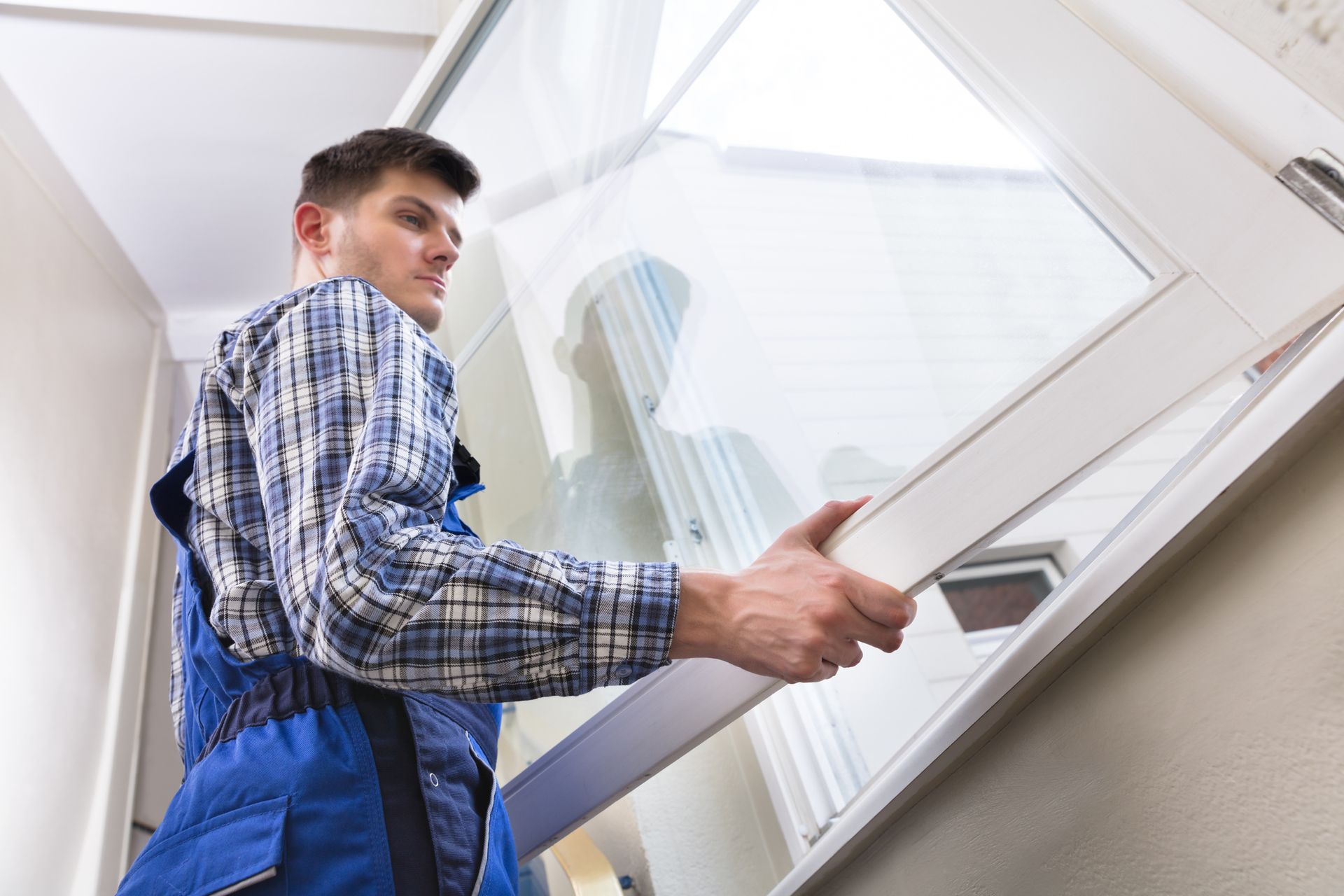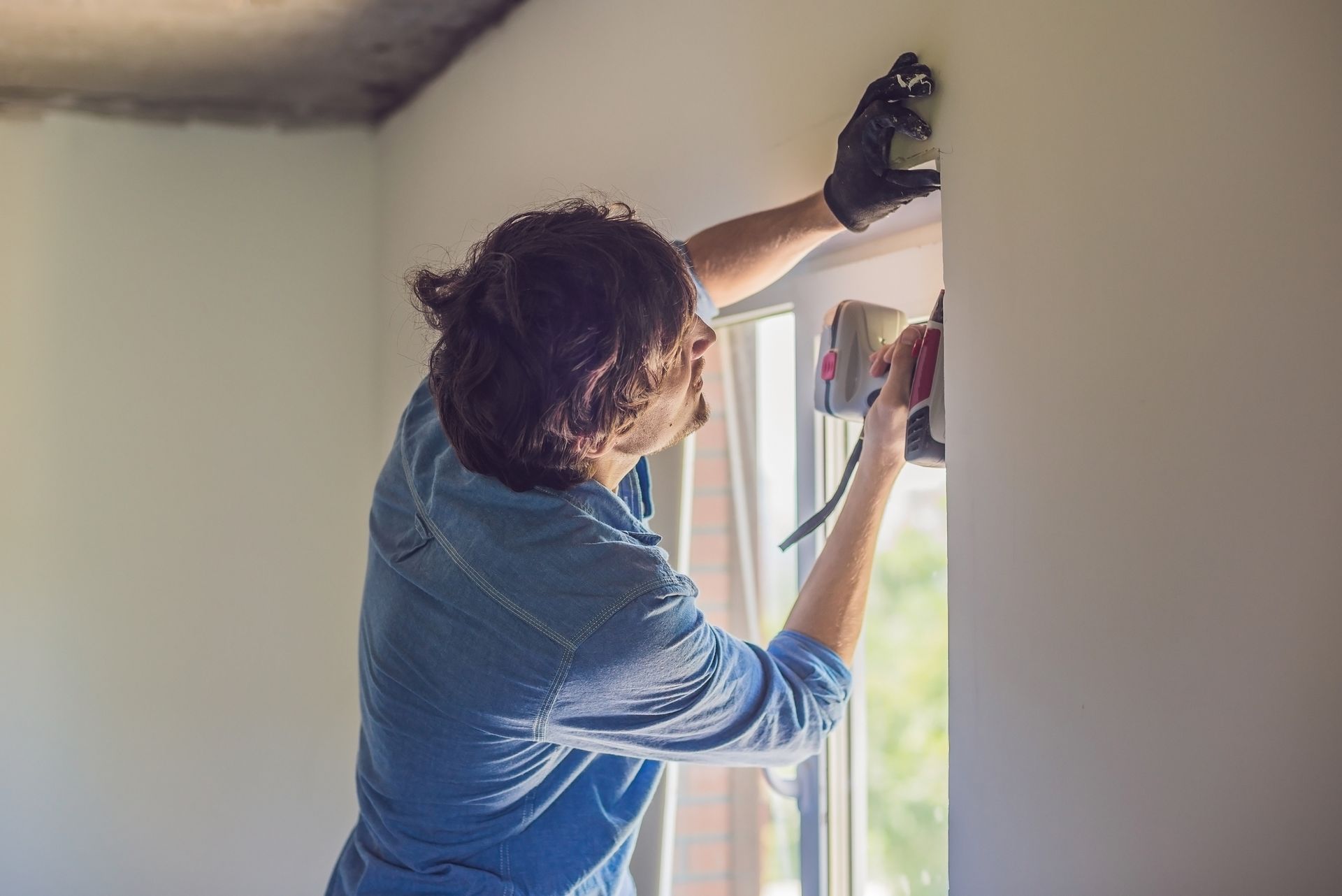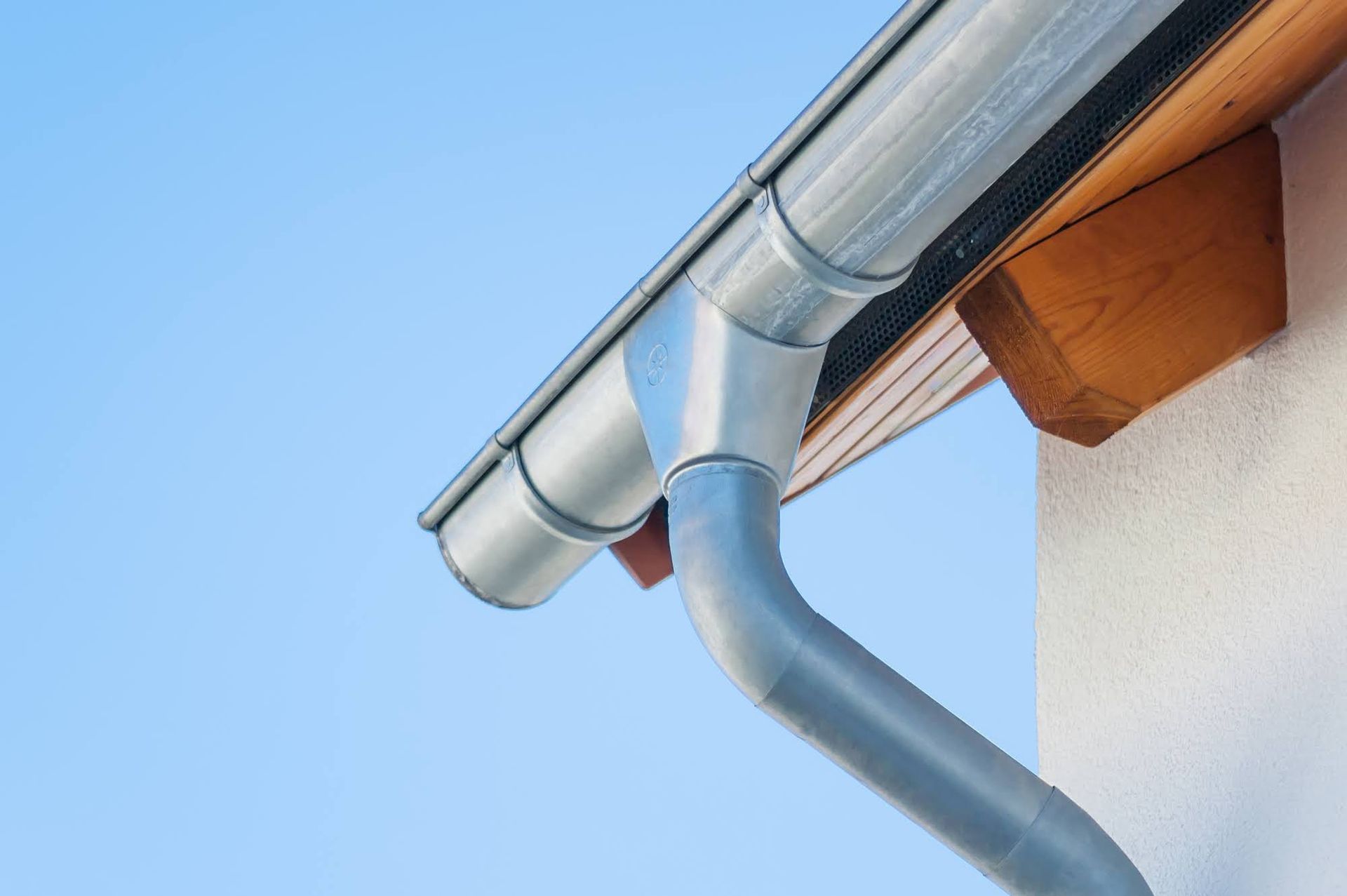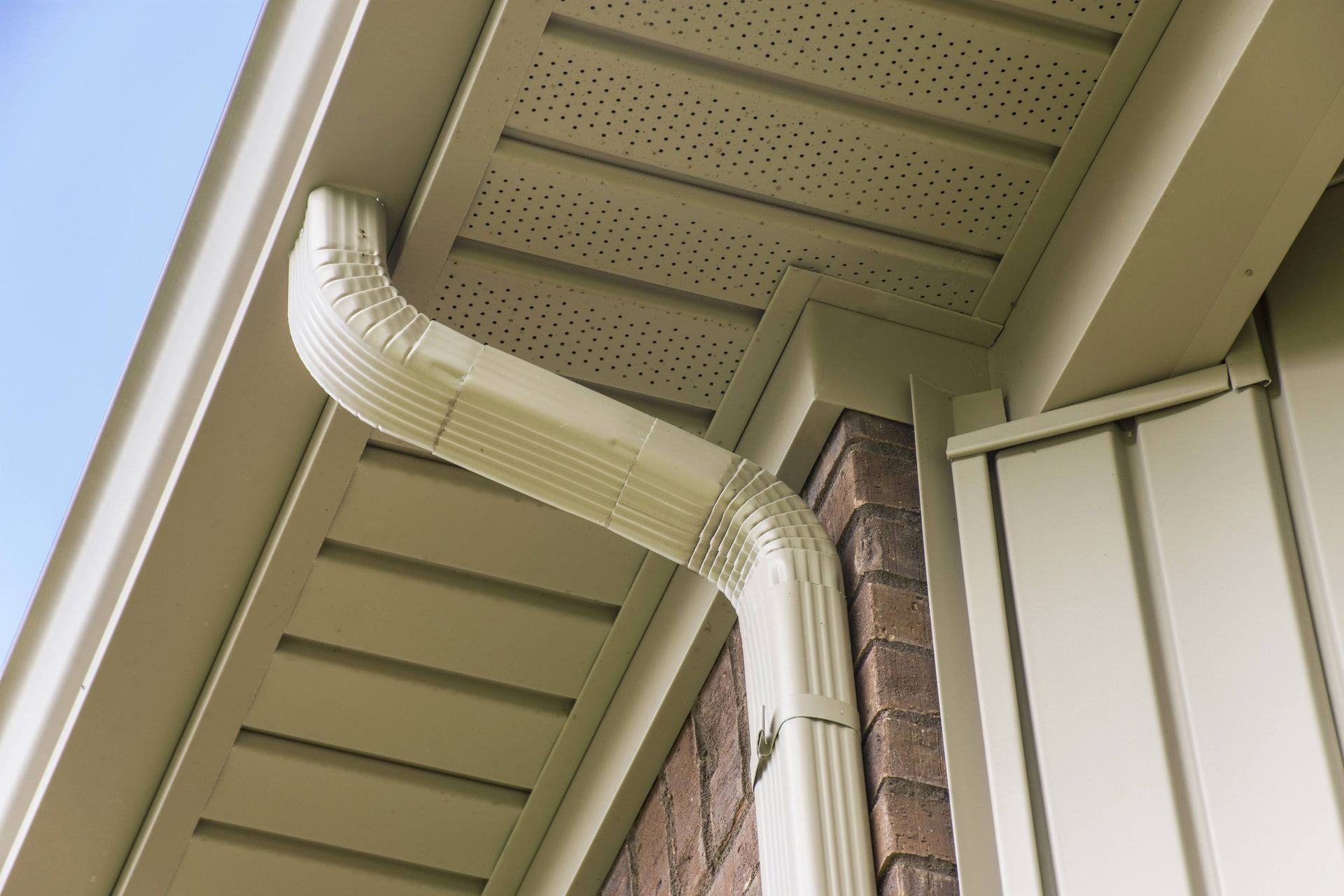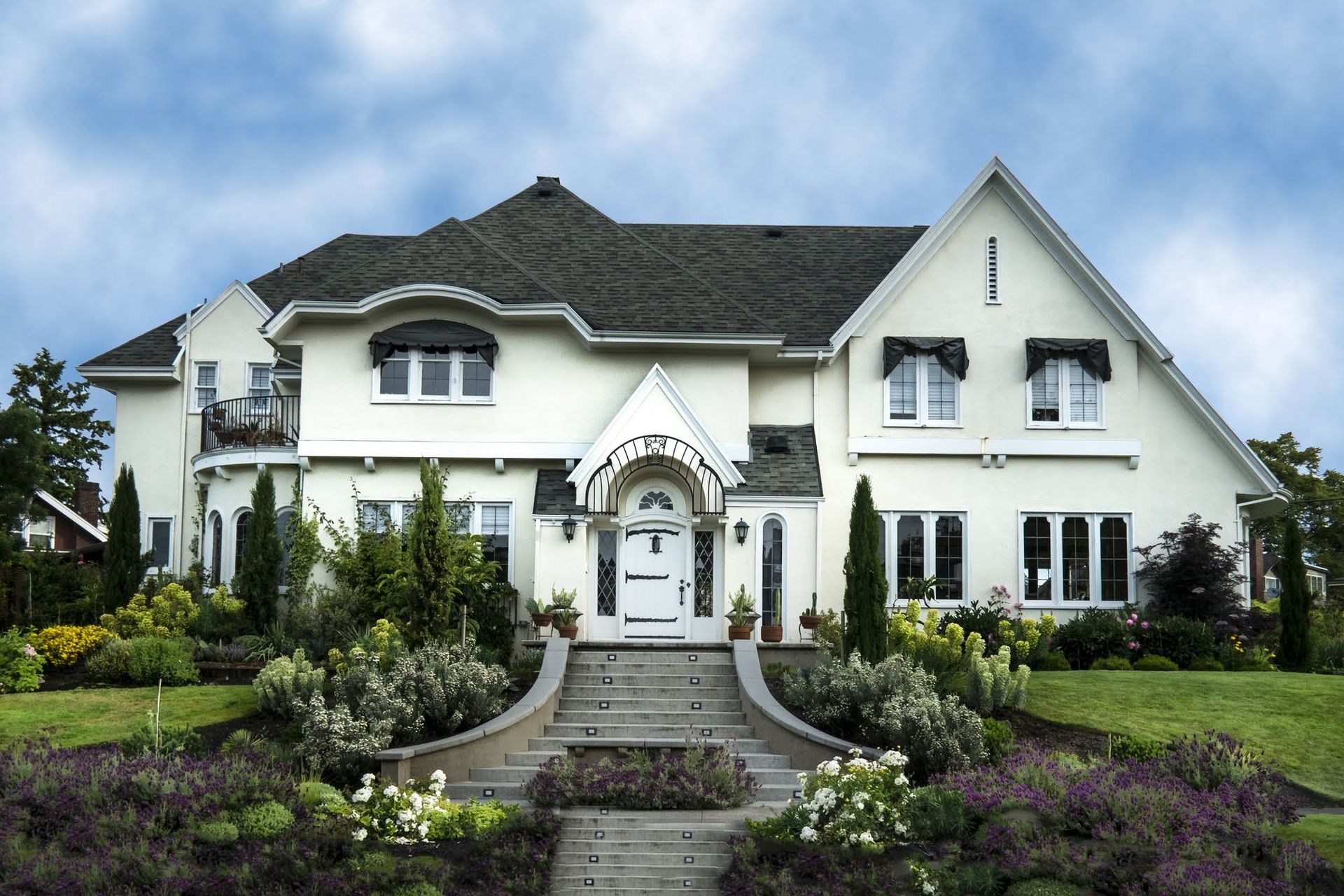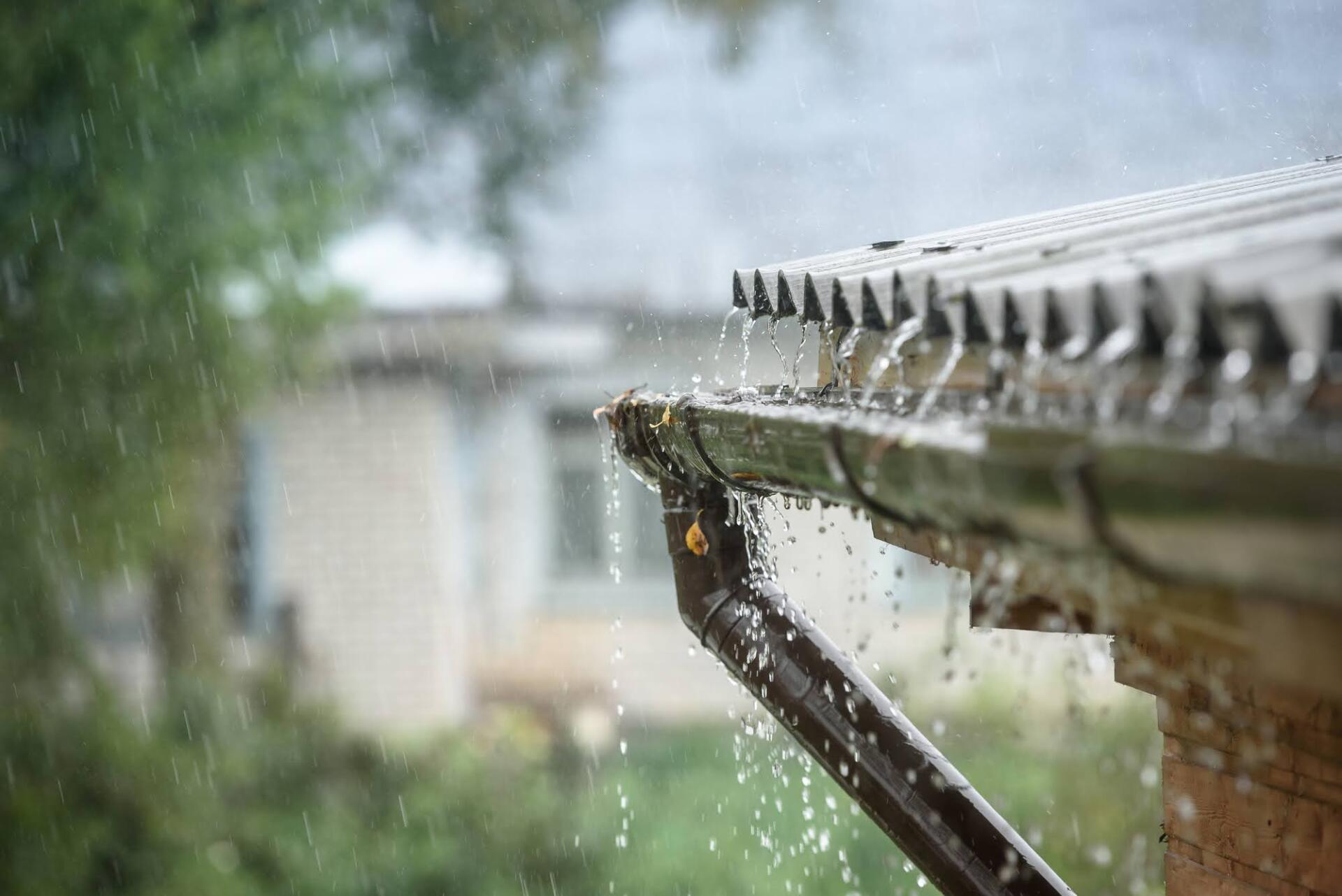Exploring the Fiber-Cement Siding Installation Process
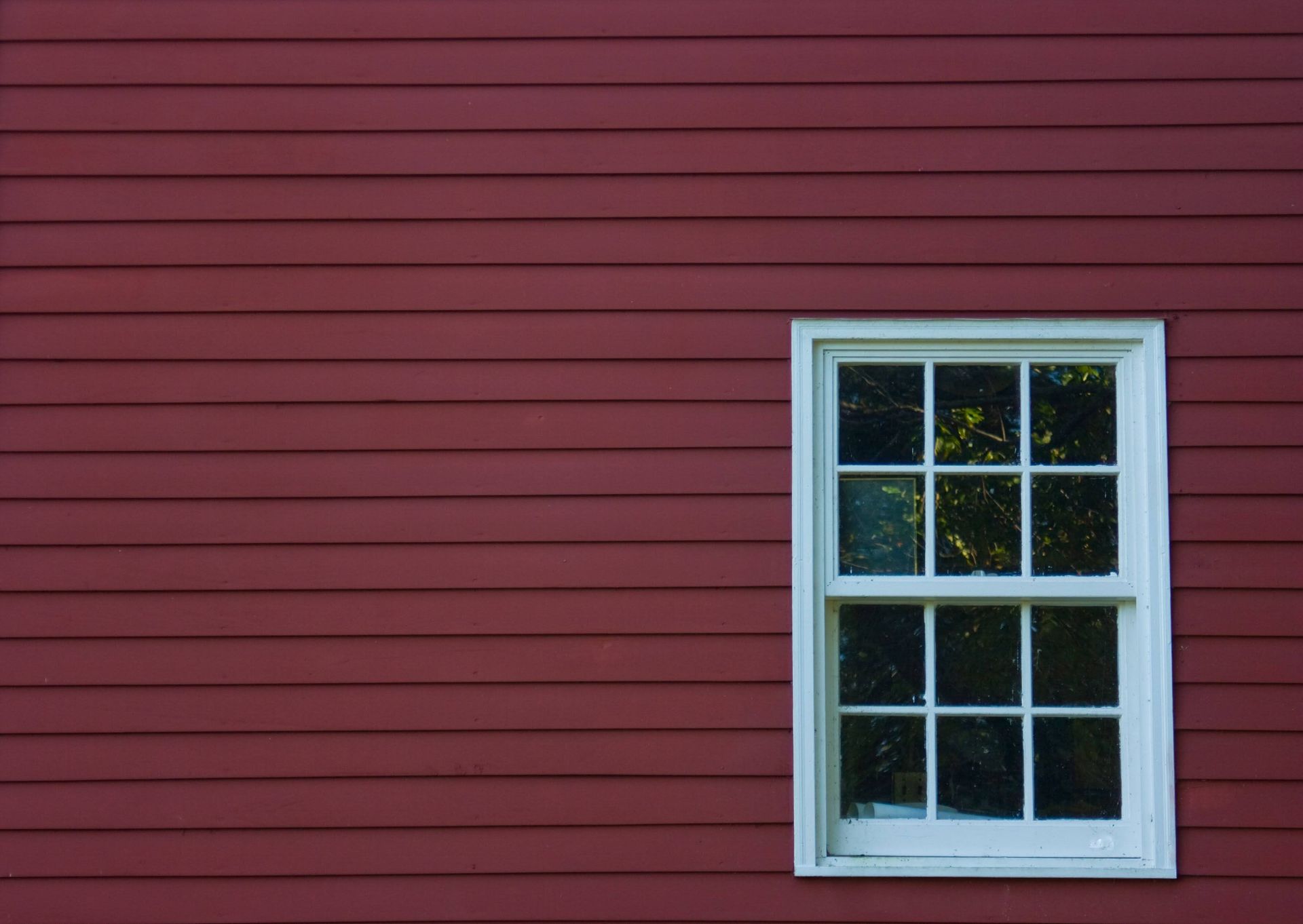
When it comes to enhancing the curb appeal and durability of your home, choosing the right siding material is crucial. Fiber-cement siding has gained popularity due to its impressive combination of strength, longevity, and aesthetic appeal.
If you have opted for fiber-cement siding and have decided to entrust the installation process to professionals, it is essential to understand what to expect. In this guide, we will walk you through the fiber-cement siding installation process to ensure that you are well-informed every step of the way.
Setting the Stage for a Successful Installation
Successful installation requires proper planning and forethought.
Site Assessment and Preparation
Before the installation process begins, professionals will conduct a thorough assessment of your home's exterior. This assessment helps them to identify any underlying issues that need to be addressed before the siding is installed. The surface will be cleaned, and any loose or damaged existing siding will be removed.
Choosing the Right Siding
Fiber-cement siding comes in various styles, textures, and colors. Professionals will work with you to select the siding that aligns with your preferences, as well as complements the architectural style of your home.
The Craftsmanship Behind the Scenes
Once the prep work is complete, the installation process starts. Professionals will cut and secure the fiber-cement siding to the exterior of your home. This step requires precision to ensure a seamless and uniform look. The siding will be carefully layered, leaving no gaps for moisture or pests to infiltrate.
Attention to Detail
Experienced installers pay special attention to the details. They will make precise cuts around windows, doors, and other architectural features, ensuring a neat and polished appearance. This level of craftsmanship will ensure that your home's aesthetic appeal is enhanced, while maintaining the siding's functional benefits.
Weather Barrier Installation
To safeguard your home from moisture intrusion, a weather-resistant barrier will be installed beneath the fiber-cement siding. This barrier acts as an additional layer of protection against rain, snow, and wind-driven moisture.
Flashing Installation
Professionals will also install flashing around the windows, doors, and any other openings in the siding. Flashing prevents water from seeping behind the siding, reducing the risk of water damage and mold growth.
Completing the Installation Process
Once the siding is installed, there are a few finishing touches left to make.
Priming and Painting
After the siding is installed, it is time to apply primer and paint. Fiber-cement siding holds paint exceptionally well, offering homeowners a wide range of color options. Professionals will ensure that the primer and paint are applied evenly, enhancing the siding's visual appeal.
Caulking and Sealing
Caulking is crucial for maintaining the siding's weather resistance. Professionals will carefully apply caulk to the joints and seams, sealing any potential entry points for moisture or drafts. This meticulous sealing process helps to improve energy efficiency and prolongs the life of your siding.
Ensuring Quality and Satisfaction
A Thorough Evaluation
Before wrapping up the project, the installation team will conduct a comprehensive inspection. They will assess the entire installation project for quality, looking for any potential issues or areas that might need touch-ups.
Homeowner Walkthrough
Upon completing the installation, professionals will usually take homeowners on a walkthrough of their property, explaining the work that has been done. Any questions or concerns that you might have will be addressed. This step ensures that you are fully satisfied with the results.
By hiring professionals for the installation process, you are investing in the beauty and value of your home. The craftsmanship, preparation, and finishing touches that go into the installation process all contributes to the longevity fiber-cement siding.
If you are interested in learning more about fiber-cement siding, we at Kelly's Construction Inc can discuss your needs and help you determine if it is the right option for your home. Contact us for more details.




